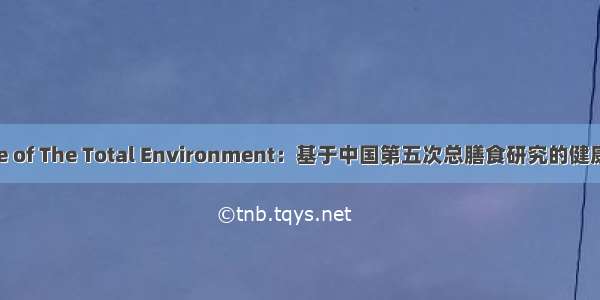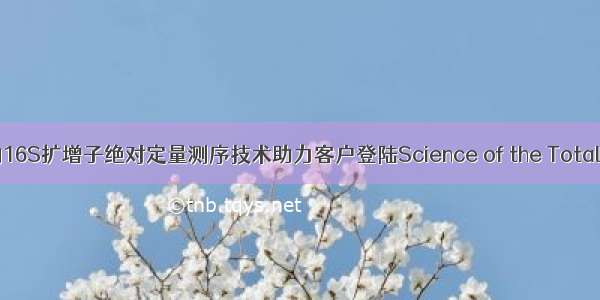
中国科学院华南植物园土壤生态与生态工程研究组副研究员庄萍等科研人员以6种不同镉污染浓度的大米为研究对象,通过建立4种不同体外模拟消化以及动物(小鼠)模型,研究了大米中镉的生物可给性和生物有效性及其相关性。相关研究成果发表于Science of The Total Environment(IF=5.589)。
阅读论文全文请点击文末阅读原文。
Highlights
·Cadmium bioaccessibility in contaminated rice varied among the four in vitro methods.
·Cadmium relative bioavailability in contaminated rice was determined using a mouse model.
·The actual in vivo bioavailability was much lower than the in vitro bioaccessibility of Cd.
·In vitro assays may be unreliable to predict Cd relative bioavailability in contaminated rice.
Abstract
Consumption of rice is a major pathway of cadmium (Cd) exposure to humans with Cd bioavailability from rice being an important determinant of the potential health risk. We conducted both in vitro bioaccessibility (using four methods) and in vivo bioavailability (using a mouse model) of Cd from six rices. The relative bioavailability (RBA) for Cd ranged from 15 to 56%, 18 to 56% and 3.71 to 54% based on kidney, liver and femur, respectively, which was negatively correlated with total Cd concentration in contaminated rice (r2=0.74–0.94). Results of cadmium bioaccessibility in rice varied among different assays. When the relationship between the in vitro and in vivo data was assessed, all the correlations between the four in vitro methods and the mouse assay based on the liver or kidney were generally weak (r2=0.0006–0.52). Results of in vitro digestion models varied drastically among the different methods, suggesting that there were limitations for the in vitro methods to predict Cd relative bioavailability in contaminated rice. Together with the observation of poor correlations between the in vivo and in vitro results, it is strongly suggested that further exploration and more optimization of in vitro methods are required for use in human health risk assessment.
镉是土壤污染中常见的有毒元素,全国首次土壤污染状况普查结果显示,重金属镉污染加重,全国土地镉的点位超标率为7.0%。一项全国性稻米污染状况调查表明,在矿区附近生产的所有稻米中,近65%稻米中的镉含量超过了国家食品安全卫生标准(0.2mg·kg-1)。为了准确评估人类暴露于污染食物中的重金属,测定重金属的生物可利用度对于风险评估非常重要。
研究人员发现,大米中镉的生物有效性分别为15%~56%、18%~56%和3.71%~54%(以肾、肝和股骨为靶器官),与污染稻米中总镉浓度呈负相关(r2=0.74~0.94)。不同的体外模拟消化方法测定的大米中镉的生物可给性存在差异,4种体外消化方法所获得的镉的胃和肠生物可给性分别为57%~83%、55%~94%、42%~98%和34%~94%(胃阶段);34%~49%、21%~43%、28%~55%和14%~56%(肠阶段)。当评估体外和体内结果之间的关系时,4种体外方法与基于肝脏或肾脏的小鼠模型之间的相关性较弱,其相关系数为r2=0.0006~0.52。不同方法的体外消化模型结果差异很大,说明体外消化法预测污染大米中镉的生物有效性存在一定局限性该研究结果对论证体外消化方法预测体内实验的生物有效性的可行性具有重大意义。
如果觉得《Science of The Total Environment:大米中镉的生物可给性和生物有效性》对你有帮助,请点赞、收藏,并留下你的观点哦!














